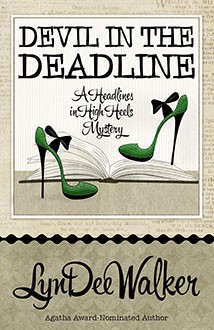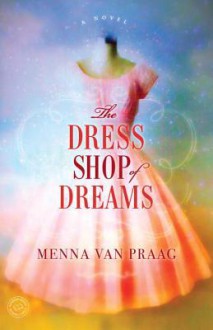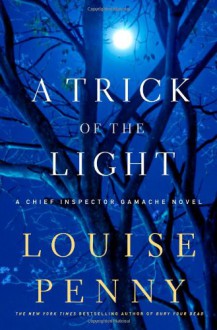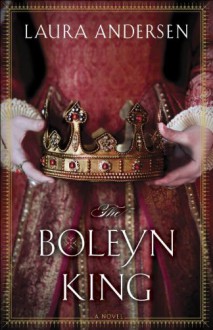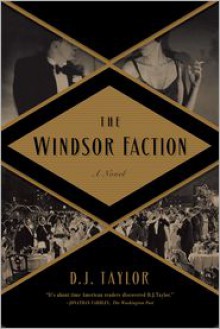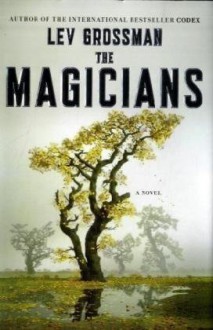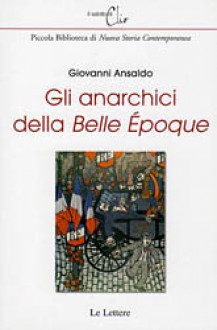
Full review on my blog.
I chose to read this book because of the author, the book cover, the title and the description. It was an all in one for me.
The Witch of Painted Sorrows is the story of Sandrine Salomé, a woman who decides to escape her unhappy marriage in New York to find shelter at her grandmother’s house in Paris. Her grandmother is a famous Parisian courtesan, who has accumulated innumerable treasures in her house. When Sandrine arrives, she finds herself homeless, as her grandmother had moved out of the house in hopes of turning it into a museum. Her grandmother doesn’t want Sandrine near the house. There is something about the house, Sandrine can’t let go of it, she manages to inhabit the house and along with Julien Duplessi, the architect in charge of the museum project, she embarks in a life changing journey of discovery, not only of the dark mysteries of her family’s past hidden inside the house but also a journey that will lead her to discover her passion for art and her own sensuality.
The Witch of Painted Sorrows is a delight for the senses. The setting is described in such a way that it is impossible not to feel like you are right there, inside that house, exploring the hidden room, mixing the pigments, creating the paintings, walking through the Parisian streets, or living the bohemian life in Paris in 1890.
And the provocative romance, it is impossible not to feel seduced by it. It is I must say a book for adults. I wouldn’t recommend it for YA nor the advanced YA readers. Not that kids today aren’t reading about sex, but I wouldn’t want to give kids the idea that adultery is enchanting. The sensual content in this book is more likely to be enjoyed by adults.
The Witch of Painted Sorrows is a story that gets sexier and darker with every page you read. Reading it feels like touching velvet. It is a bewitching story. I couldn’t put this book down. I was so into the story that when I finished it, it left me hungry for more. I wanted to keep reading; I wanted to stay in that magical world for a while longer. And this abrupt ending is the main reason it didn’t get 5 stars in my rating.
Nevertheless, this book confirmed that I am a fan of MJ Rose. I can’t wait to read more of her work. If you’re looking for a book with an exquisite blend of history, romance, eroticism, magic, witchcraft, paranormal, mystery, and art, this is the book for you. If you’re looking for a book that will make you travel back in time to the bohemian life of the Belle Époque in Paris, this is the book for you. If you’re looking for a hypnotic story filled with passion, mystique and drama, this is the book for you.
Full review and other musings of mine on my blog.
BUY ON AMAZON US | BUY ON AMAZON UK

 Log in with Facebook
Log in with Facebook 



